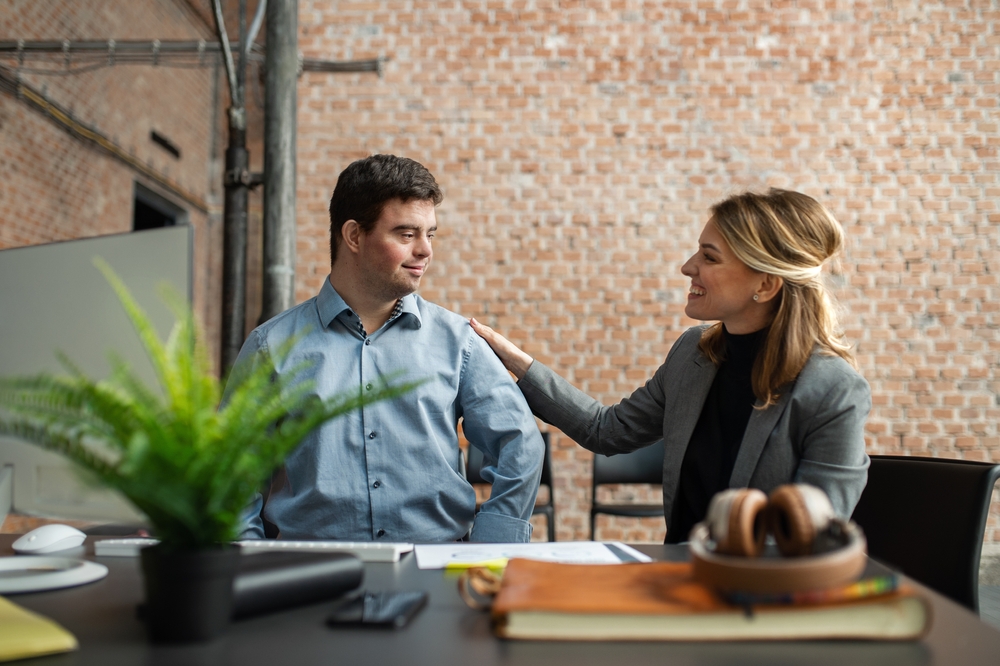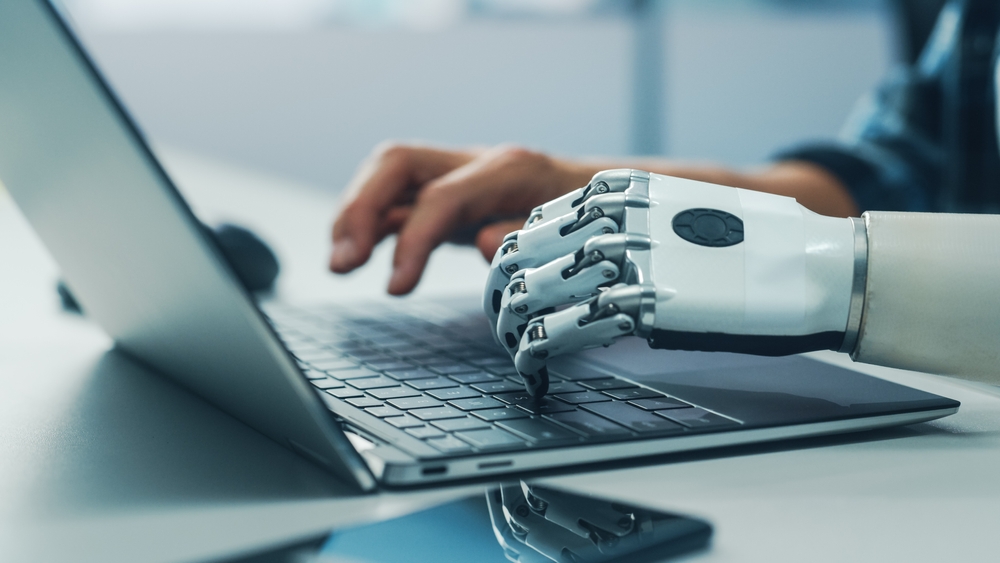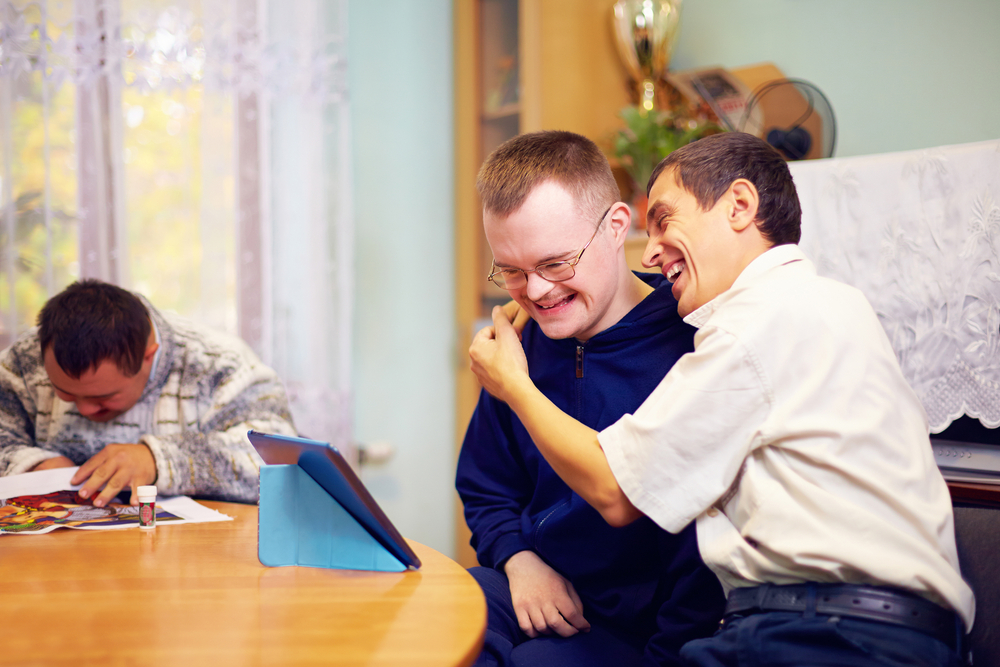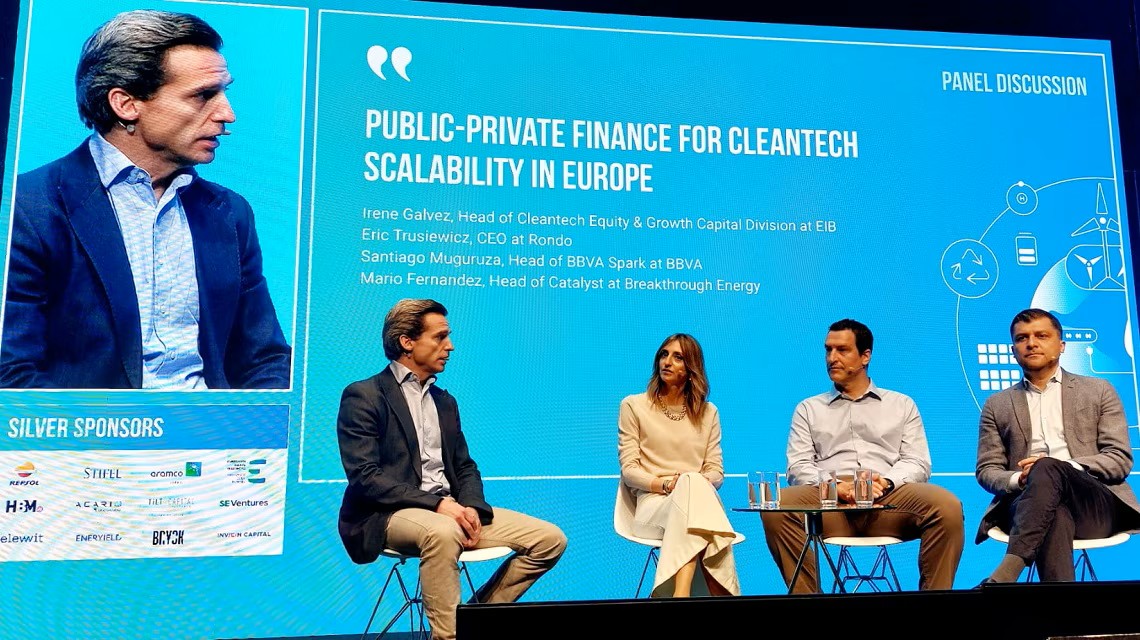Technology and entrepreneurship to break down barriers and promote accessibility
Innovation and entrepreneurship know no limits. On the occasion of the International Day of Persons with Disabilities, we meet the entrepreneurs who work to ensure that everyone has the same opportunities and to make digital products of any innovator more accessible.
After driving around for a while looking for a free space for people with reduced mobility, Ana Puertas and her friend decide to go into a car park. They realise that there isn’t a lift, so Ana, in a wheelchair, is forced to ask for help to climb the stairs. This incident, together with her desire to start a business with social impact, led Ana to co-found Disabled Park, a web and mobile application that allows her to geolocate 37,000 parking spaces for people with reduced mobility across Europe, as well as to register new ones and report bad practices.
This entrepreneur highlights the importance of designing the urban environment with accessibility in mind: “A ramp is also useful if you’ve got a shopping trolley, pram or have been in an accident and have to be in a wheelchair for a few weeks.”
People with some type of disability represent 15% of the world’s population, according to World Bank figures. The same organisation points out that in Latin America, 85 million people have a disability, and 4.3 million in Spain according to the National Institute of Statistics. Making their lives easier in all areas is the goal of entrepreneurs with functional diversity like Ana Puertas and apps like Disabled Park. Saturday, 3 December is the International Day of Persons with Disabilities and this year, the United Nations has recognised “the role of innovation in promoting an accessible and equitable world”. But which innovative solutions stand out in the field of accessibility? How can entrepreneurs make their products more inclusive? A multitude of examples demonstrate that barriers can also be broken in entrepreneurship.

Diversity in entrepreneurship and innovation
Technology in the service of accessibility is a driver of entrepreneurship. Among the solutions created in the academic environment, HOOPS, a suitcase adapted to wheelchairs, designed by students at the Polytechnic University of Madrid; or the Egara white cane, which includes ultrasound sensors so that visually impaired people can detect low ceilings, designed by a group of students at the Miguel Hernandez University, stand out.
Beyond spinoffs, there are several startups that develop accessibility solutions such as Talov, which uses artificial intelligence to translate sign language into words, or the Paraguayan Po.py, which sells hand prostheses specifically for playing the violin.
Innovation, according to Marta del Castillo, CEO of the Social Nest foundation, which promotes social impact entrepreneurship, also lies in adapting existing solutions towards universal design. “Adaptability can drive a company’s scalability”, explains Del Castillo.
On the other hand, the expert recognises that the integration of people with functional diversity into development teams is a positive factor when creating solutions. “People with disabilities have a different way of living, which gives us a different perspective when it comes to creating innovation,” explains Del Castillo. For example, one of the engineers on the Egara cane development team is blind, and his experience was key to the proper functioning of the product, as they point out.

Screen readers and other technologies for an inclusive website
The market must be accessible and guarantee the full exercise of the rights of everyone with disabilities, as stated by the UN in its strategy for disability inclusion, which also seeks to reduce the digital divide. Entrepreneurs who are starting a new project or want to make it more inclusive should consider website accessibility in their digital products to ensure that anyone can use it. There are specialised start-up companies that can help along the way, such as the Mexican consulting firm Hear Colors. Its co-founder Annie Carrillo, explains the five main features of an accessible website:
- Include alternative text in the images. It is essential for the screen reader used by visually impaired people to be able to describe the photographs.
- Ensure keyboard navigation. It is important for people with motor or visual disabilities to be able to access all content.
- Define the correct language. If the source code of the page is in English by default, but the content is in Spanish, the screen reader will read the Spanish sentences with an English accent.
- Choose accessible colour contrasts. By doing so, all users can see 100% of the information, including those who are colour blind or have poor vision.
- Ensure the universality of website content. An example might be a video with subtitles that is not only important for people who are hard of hearing but is useful to a much wider audience.
“There are two strategies for addressing digital accessibility: design or adapt,” explains the co-founder of Hear colors. BBVA has taken both paths. On the one hand, in Turkey, banks have started to use BlindLook, an audio simulation technology to enable visually impaired customers to operate their accounts independently on the mobile and website application.
On the other hand, an analysis process has been carried out “to unlearn traditional models existing in the bank, improve accessibility levels and identify the needs of our customers with disabilities,” explains Roxana Pérez Hernández, director of Customer Service Centres at BBVA Mexico and member of the BBVA Mexico and BBVA Spain Diversity and Inclusion Council. As part of this process, BBVA Mexico has set up a call centre for the visually impaired. “Talking about accessibility is proudly aligned with our mission at BBVA: to make the opportunities of this new era available to everyone,” says Pérez Hernández.

The winning team of the recent 2022 BBVA Hackathon organised by BBVA Open Innovation is made up of Mexican students who came up with a solution to improve banking inclusivity for people with disabilities and the elderly. In addition, in order to encourage the inclusion of students with functional diversity in the labour market, the bank awards the chavos que inspiran (people who inspire) scholarships in Mexico.
Towards universal accessibility
Hear colors’ Annie Carrillo has witnessed Latin American companies drive towards accessibility. “It’s a more important niche market now than when we started in 2014,” she states. However, she believes that “an accessible world is a long-term project that requires perseverance”.

One of the challenges, in some cases, is to raise the necessary investment to develop these solutions. “Getting funding for these types of initiatives can be complicated if they are aimed at a small target audience,” explains Javier Martínez, executive manager of Ship2B, a foundation that promotes an economy that generates a positive social impact. For all these reasons, the executive insists that the solution is to develop ideas that make life easier for people with disabilities and that are applicable beyond the specific disability, since “proposing a universal use will attract more investors”.
The CEO of Social Nest proposes that accessibility should play a greater role in companies. “It catches our attention when there is no gender representation on a panel. Something similar should happen with people with functional diversity,” says Del Castillo. For accessibility to take its rightful place in corporate environments, the executive believes that “it should be as mainstream as sustainability“.
In an accessible world, Ana Puertas, of Disabled Park, wouldn’t have had any trouble finding parking and wouldn’t have had to ask for help getting up the stairs. On the occasion of the International Day of Persons with Disabilities, the entrepreneur emphasises that “working on accessibility means fighting against discrimination, a challenge that is everyone’s responsibility”. And entrepreneurs can do their bit to address that challenge.



